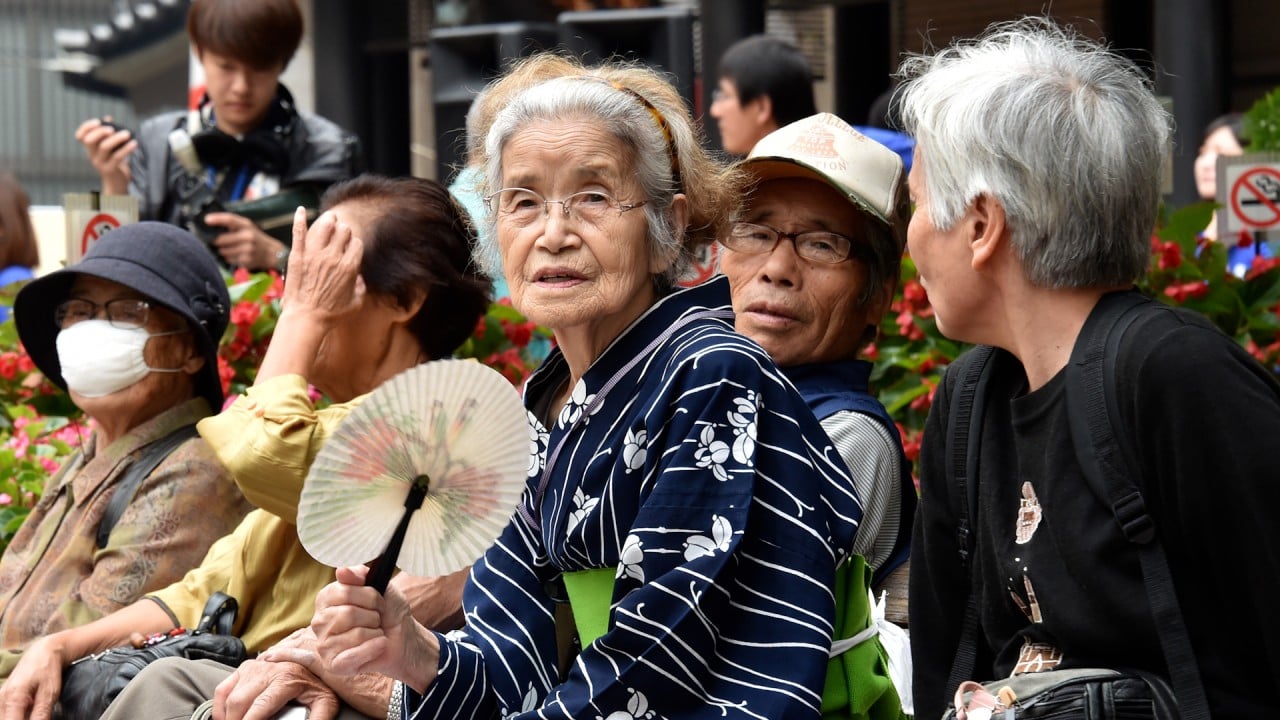As Japan grapples with low birth rates, demand for Tokyo’s US$2,000 fertility subsidies goes through the roof
The Japanese government is increasingly concerned by its record-low birth rate, now at 1.3. A rate of 2.1 is considered optimal to keep a population stable. In 2022, the government agreed to reimburse 70 per cent of the costs of in vitro fertilisation.
Egg freezing is one of several assisted reproductive technologies that can help extend a woman’s fertility, but it’s expensive. In Japan, costs typically run from around 300,000-600,000 yen but can reach into the millions.
The technology is also far from a panacea. Only about 8.4 per cent of people used their frozen eggs to give birth, according to a survey of 87 clinics and hospitals conducted by the Tokyo government in August. The success rate of pregnancy using frozen eggs also drops with maternal age.
Still, keeping young eggs and increasing the odds of pregnancy is a vital option for women who aren’t ready to have children, according to Noriko Taniyama, who works in the city government’s Bureau of Social Welfare, Children and Child-Rearing Support Division.
Tokyo plans to assess the effects of egg freezing on birth rate by accumulating data from subsidy recipients.
